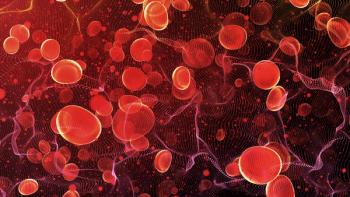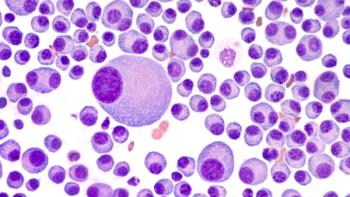
How to Shut Down Unwanted Metabolic Processes in Cancer
Selective manipulation of an enzyme can stop cancer cachexia.
A new study shows the therapeutic manipulation of a specific peptide can stop cachexia in cancer patients.
Cancer cachexia is a wasting syndrome that involves weight loss, anorexia, and persistent erosion of host body cell mass in response to a malignant growth, according to the
In a recent study published in Nature Medicine, researchers were able to identify the AMP-activated protein kinase (AMPK) as the central enzyme in cancer cachexia. Although
For the study, researchers used therapeutic manipulation to conduct selective AMPK reactivation. The manipulation took place through a specific peptide that prevents the interaction of AMPK and Cidea, a lipid droplet-associated protein, which can stop the increased lipolysis that is found in tumor diseases.
“Our data suggest that the preservation of ‘healthy’ adipose tissue can promote not only the quality of life, but also the response to treatment and the survival of cancer patients,” said researcher Stephan Herzig, director of the Institute for Diabetes and Cancer. “The interaction between AMPK and Cidea can be taken as a starting point for developing new lipolysis inhibitors which could then prevent the breakdown of energy stores in the fat of tumor patients.”
Newsletter
Stay informed on drug updates, treatment guidelines, and pharmacy practice trends—subscribe to Pharmacy Times for weekly clinical insights.




















































































































































































































